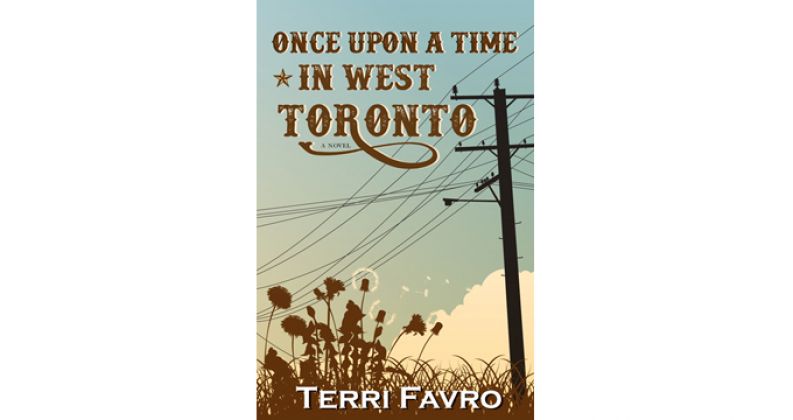Long-form writing is a lonely business. In a previous blog (“Writing With My Feet”), I talked about the role of the gym in my fiction writing (and preventing my shoulders from taking on a permanent slump from crouching over the digital hearth with my imaginary friends, also known as “fictional characters”).
But for me and many other writers, music is also a big part of the process. In From Where You Dream: The Process of Writing Fiction, Pulitzer Prize-winning novelist and creative writing professor Robert Olen Butler talks about the importance of listening to music while writing. He recommends creating a personal soundtrack that reflects something about the fictional work in progress. It could have something to do with subject matter, time period or emotional subtext.
I wrote The Proxy Bride while listening to a playlist largely made up of classic Italian opera and semi-operatic contemporary Italian pop music – what a crew member on a documentary film shoot I was on last year termed “cheesy” Italian pop – by the likes of Andrea Bocelli and Laura Pausini. Every writing session for that book started the same way, with Pavarotti’s “Nessun Dorma” (“None Shall Sleep”), which pretty much sums up the reality of writing a novel while also holding down a full-time freelance writing gig.
My second novel, Sputnik’s Children – published in spring 2017 by ECW – is mostly set in the 1970s and 80s, so my soundtrack was heavy on Motown, disco, Bowie, and songs that evoked the Cold War paranoia and cultural angst of my alt-realty world of Atomic Mean Time: “Telstar” by the Tornadoes (1962), Jackson Brown’s 1983 hit “Lawyers in Love,” and Joe Jackson’s 1982 album/masterpiece Night And Day. If there was a single anthem, though, for Sputnik’s Children, it was Thelma Houston’s “Don’t Leave Me This Way” (1976) – to my mind, the greatest disco anthem ever recorded. I love this song not only because of its kickass four-to-the-floor beat and straight-from-the-gut cry of passion, grief and longing, but because it captures the relationship between the novel’s anti-heroine, Debbie Biondi, and the love-of-her-life John Kendal, who (spoiler alert) forgets Debbie exists after she leaps from one alt-reality to another.
Which brings me to my latest novel, Once Upon A Time in West Toronto – a sequel to, or more correctly, a companion book to, The Proxy Bride. My publisher, Inanna Publications, perfectly describes this book as “Orpheus and Eurydice meets the spaghetti westerns of Sergio Leone.”
The title is a nod to the Leone film, Once Upon A Time In The West – but “the west” in my novel comprises two neighbourhoods in west-end Toronto, both known as “Little Italy”: College Street between Spadina and Ossington, and the Corso Italia on St Clair West. Like a classic western, the characters exist on the margins of mainstream civilization; there’s a lawlessness in stories of the American west that exists in the Toronto of my novel too. Like Orpheus and Eurydice, the lovers Ida and Marcello (first seen in The Proxy Bride) fight to survive in a world of gods and monsters. This is a novel populated by outsiders: thieves, whores, hustlers, outlaws, runaways and forgers (among others). Things blow up, crash and explode.
For this book, I kicked off the writing day with classic American western movie soundtracks –The Big Country, The Magnificent Seven, The Sons of Katie Elder, True Grit, Unforgiven – and followed with Ennio Morricone’s themes for Once Upon A Time In The West, Two Mules For Sister Sarah, and of course, The Good, The Bad, and The Ugly.
As director Sergio Leone put it: “I can’t see America any other way than with a European’s eyes. It fascinates me and terrifies me at the same time.” That’s a good way to describe Ida’s experience of Canada. She’s fascinated by a new world where she can escape the limitations of her identity in the old country. But she’s also terrified by the knowledge that, without Marcello, she has no identity in her new country. She’s also mystified by some of the conventions of life in Toronto in the early nineteen-seventies. No one can properly pronounce her last name, she’s aghast at what passes for “food” in Canadian supermarkets and she’s scornful of the way that her neighbours in Toronto’s Little Italy cling to old-fashioned ideas about their homeland. Ida – a more recent immigrant – doesn’t recognize the “Italy” preserved in the festivals and traditions of Toronto’s Italians. Ida – daughter of a brothel keeper in Venice and a “women’s libber” in Toronto – wants to reinvent herself as a Woman of the Future rather than a protector of the past.
The publication date for Once Upon A Time In West Toronto is September 15, 2017. The launch party will be on October 5th, 2017 at the Women’s Art Association of Canada, 23 Prince Arthur Street, Toronto. All are welcome.




